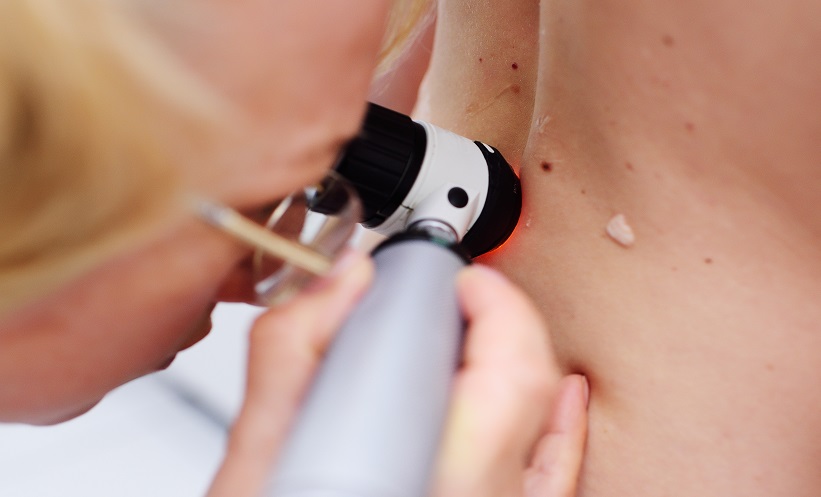NEOADJUVANT therapy with nivolumab (NIVO) and ipilimumab (IPI) has demonstrated significant efficacy in treating patients with resectable, macroscopic stage III melanoma in a groundbreaking Phase III trial. The NADINA trial, an international, investigator-initiated study, shows that this approach outperforms the current standard of care (SOC) involving therapeutic lymph node dissection (TLND) followed by adjuvant (adj) NIVO. The findings were presented as an abstract at ASCO Annual Meeting 2024 in Chicago, Illinois, USA.
Currently, SOC for resectable Stage 3 melanoma includes TLND followed by adj therapy with either NIVO, pembrolizumab (PEM), or dabrafenib plus trametinib (DAB/TRAM) for BRAF-mutant melanoma. The Phase II SWOG S1801 trial highlighted the superior event-free survival (EFS) of neoadjuvant (neoadj) and adj PEM compared to adj PEM alone, setting the stage for the NADINA trial.
In the NADINA trial, 423 patients, naive to immune checkpoint inhibitors (ICI) and BRAF/MEK inhibitors, were randomized into two groups. One group received two cycles of neoadj IPI (80mg) plus NIVO (240mg) followed by TLND, and if they did not achieve a major pathologic response (MPR), they received adj DAB/TRAM or 11 cycles of adj NIVO. The other group received TLND followed by 12 cycles of adj NIVO.
The primary endpoint, EFS, was defined as the time from randomization to progression, recurrence, or death due to melanoma or treatment. At the data cutoff on January 12, 2024, with a median follow-up of 9.9 months, the neoadj arm showed significantly fewer events (28 versus 72) compared to the adj arm, with a hazard ratio of 0.32 and a p-value of less than 0.0001. The estimated 12-month EFS rates were 83.7% for the neoadj arm versus 57.2% for the adj arm.
For patients with BRAF mutations, the 12-month EFS rates were 83.5% in the neoadj arm and 52.1% in the adj arm. In BRAF wild-type patients, the rates were 83.9% and 62.4%, respectively. Notably, 58% of patients in the neoadj arm achieved an MPR, with corresponding 12-month recurrence-free survival (RFS) rates of 95.1%.
Adverse events (AEs) of grade 3 or higher were more common in the neoadj arm (29.7% versus 14.7%), with one patient in the adj arm dying due to pneumonitis. Surgery-related grade 3 AEs were similar in both groups.
The NADINA trial is the first Phase III study to evaluate neoadj immunotherapy against SOC in melanoma and the first in oncology to assess a neoadj regimen of immunotherapy alone. The results suggest that neoadj IPI plus NIVO followed by response-driven adj treatment significantly improves EFS and should be considered a new SOC for macroscopic Stage III melanoma.
Reference: Christian U. Blank. Neoadjuvant nivolumab plus ipilimumab versus adjuvant nivolumab in macroscopic, resectable stage III melanoma: The phase 3 NADINA trial. Abstract LBA2. American Society of Clinical Oncology 2024.







